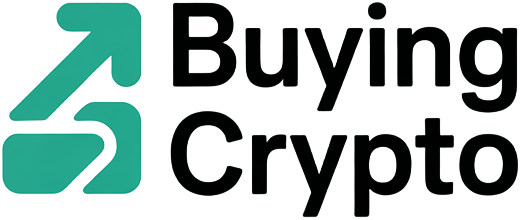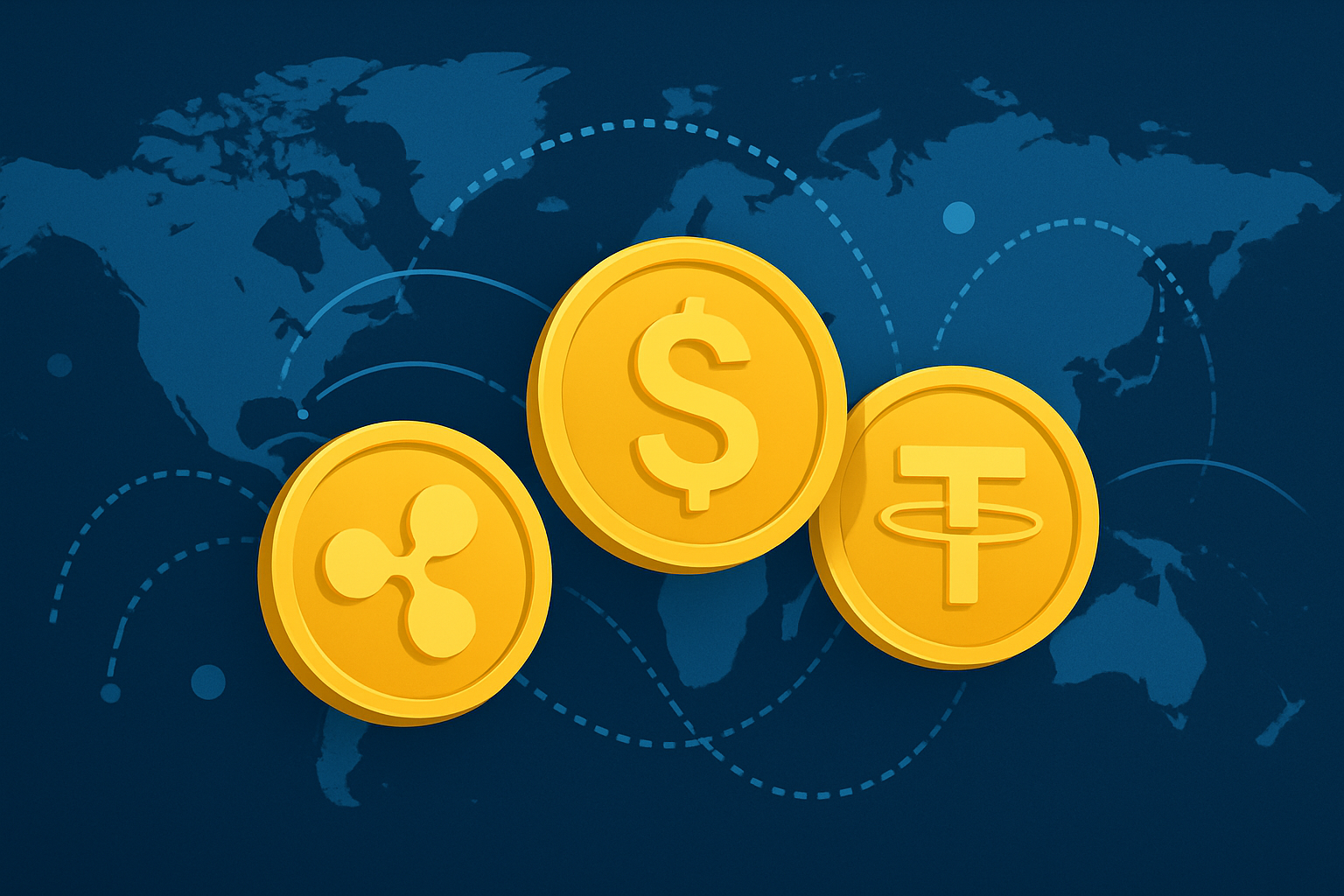How Stablecoins Are Reshaping Global Remittances: What Crypto Newcomers Need to Know After Ripple’s RLUSD and TRON’s USDT Surge
For millions of families worldwide, sending money across borders is more than a transaction - it's a lifeline. Yet, traditional remittance services often feel outdated: slow, expensive, and riddled with…


